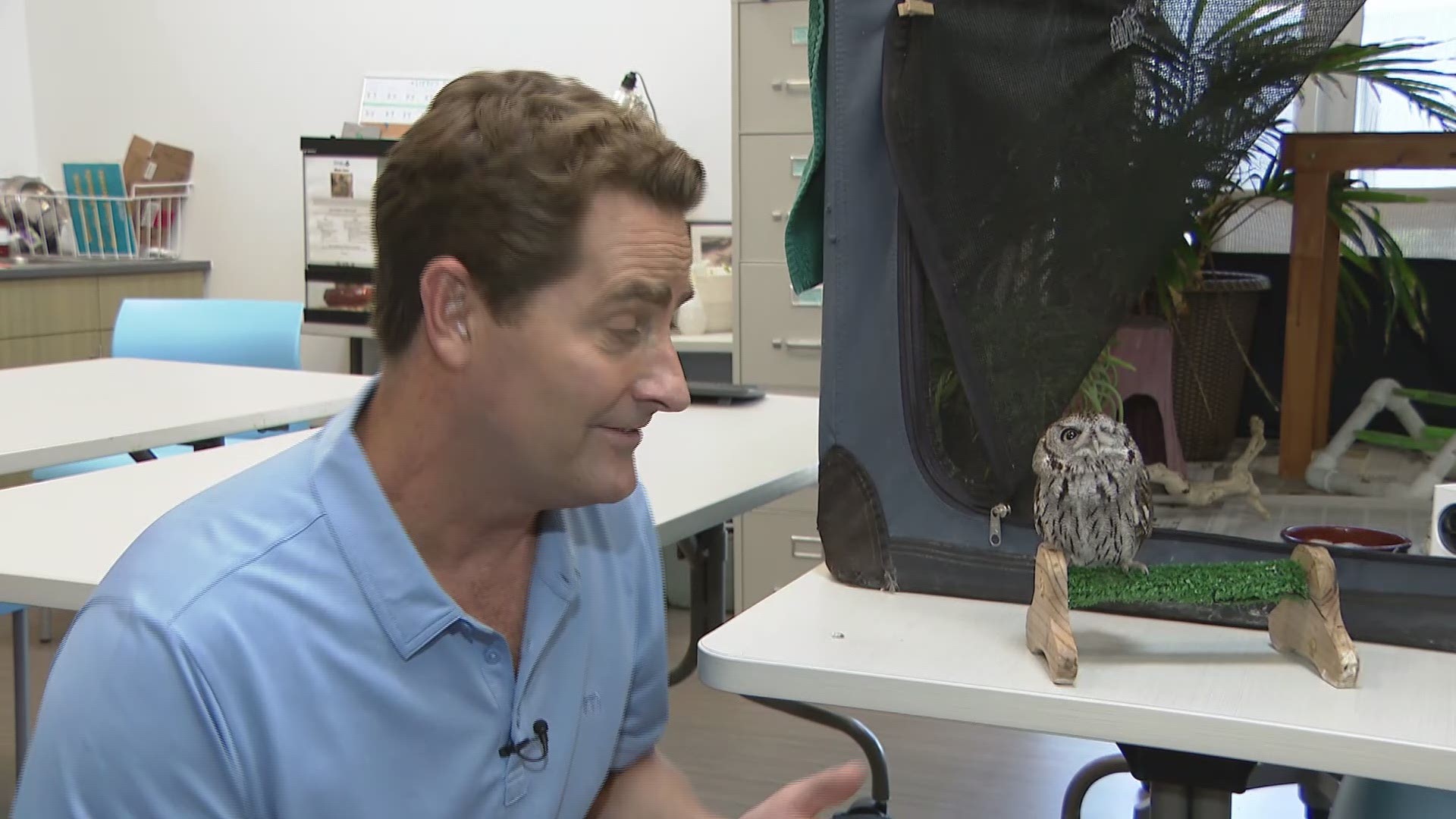SAN DIEGO — What should you do if you find an injured wild animal? Should you help it or leave it be? In this Zevely Zone, I visited the Humane Society's Badhe Wildlife Center for answers.
Project Wildlife is a program of the San Diego Humane Society. The program is the primary resource for wild animal rehabilitation and conservation education in San Diego County. Each year they give more than 12,000 injured, orphaned, and sick wild animals a second chance at life at the state-of-the-art Pilar & Chuck Bahde Wildlife Center.

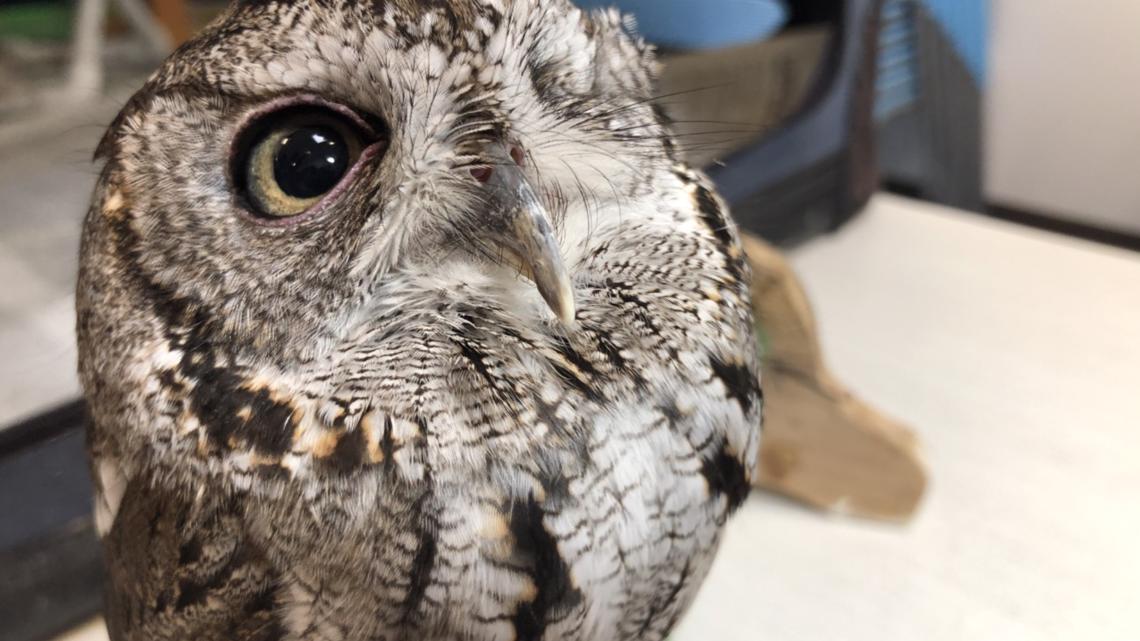
When we arrived for our story. Otay Mesa resident Barbara Bartlett had just arrived after rescuing a baby bird. "He's just a little guy," said Barbara. "He is hungry." The tiny swallow fell out of its nest in Otay Mesa. "We will take him from here," said Kate Jarvis, the center's Wildlife Admissions Associate. Kate carried the swallow to Susan Wright who is a Registered Veterinarian Tech for an examination. "I am just looking for any injuries," said Susan.
The bird didn't have any trauma which a lesson for the public. If you see a wild animal, you may consider watching it for a period of time because the animal's mother may be come back. "Yes, absolutely. Wait and watch. Give that animal some time," said Kate. "We never want to step in if they don't need help."

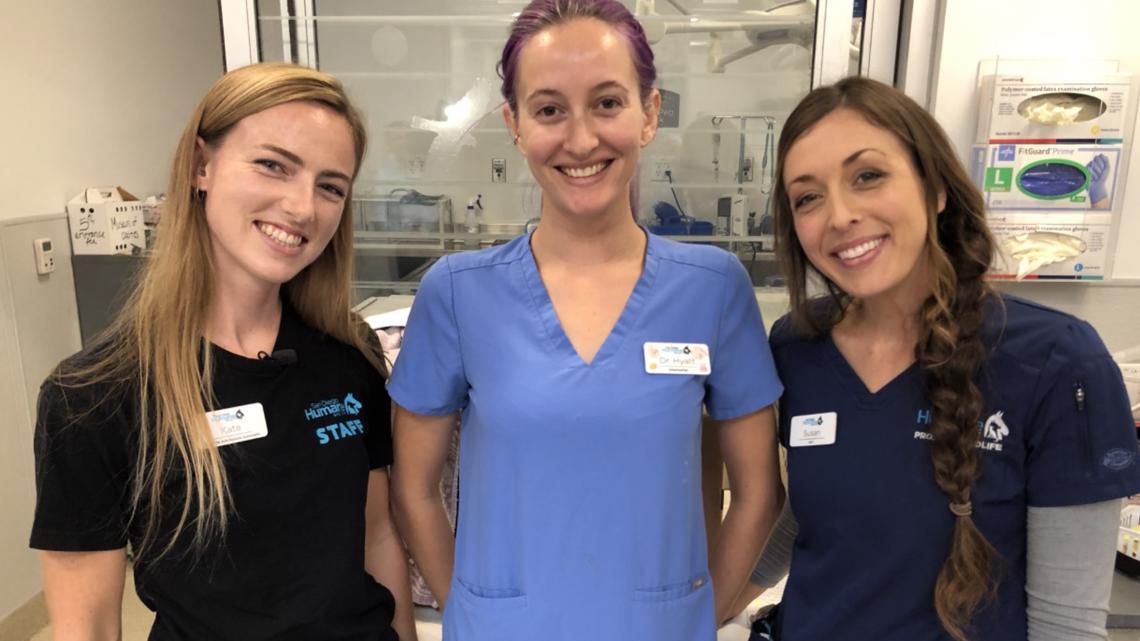
But, often times, animals are clearly injured and need to be rushed to the center. "We never know what we are going to see here," said Kate. 75% of the animals they receive are birds, but the hospital accepts all types. "Opossums, bunnies, skunks, raccoons, I mean any animal you see walking around your front yard we can take in," said Kate. "Hundreds of species every single year. I mean it is a lot of work I probably look a little ragged right now because it is kind of non-stop."

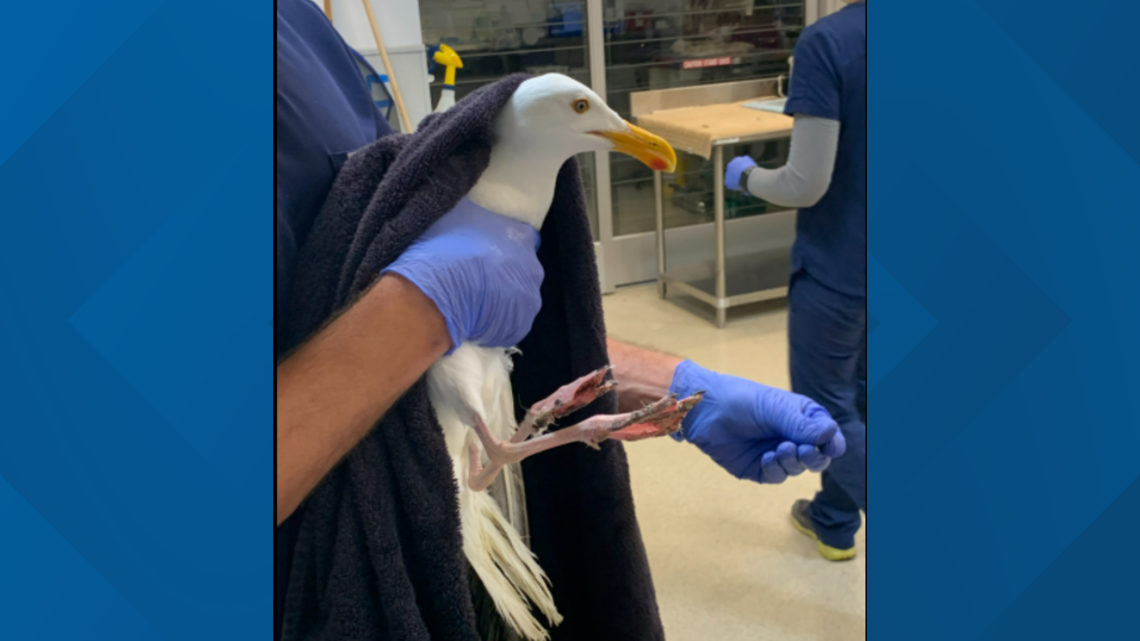
Non-stop because from March to September it is baby season in San Diego County. That's when Veterinarian Assistant Claudia Ibarra pinch hits as a mom. "It brings me happiness to make a difference," said Claudia.

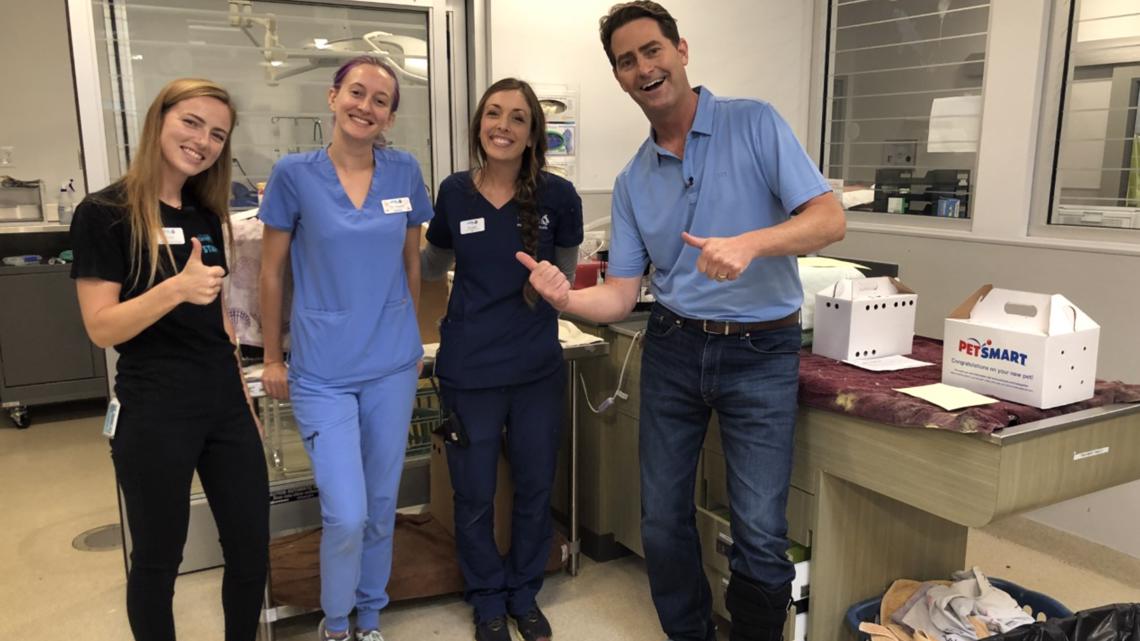
Dr. Julia Hyatt never hears a 'Thank you', but that's just fine by her. "Oh, it feels great, just being able to take in an animal that probably would have suffered in the wild," said Dr. Hyatt. Up at their Ramona Campus, the staff takes care of coyotes, bobcats, and bears, while promoting conservation and education. For example, they offered this wildlife tip; if you want to feed ducks don't feed them bread, feed them lettuce it's much healthier for them and they don't get bloated.
The staff wants the public to remember, we share San Diego county with these animals. "The wild is anywhere you step out your front door," said Kate who told us residents need to co-exist with wild animals. For example, if you spot a skunk in your yard, don't trap it. "If you see one in your yard one night, it doesn't mean he is going to be in your yard the next night. He is probably walking through and eating your black widows and moving along," said Kate.
But when the animals are injured, you know where to take them to heal and get them back home. "These animals are not pets and they don't want anything to do with us. We know that we are providing care for these animals, and we are helping them out. That animal doesn't know that," said Kate. "The baby bird that is gaping and wanting food, yes, we are feeding him but anytime we are not he is scared of us. "I know if I actually want what is best for them I am leaving them alone and giving them, space and we are getting them out of here back into the wild as soon as possible."
San Diego Humane Society’s scope of social responsibility goes beyond adopting animals. They offer programs that strengthen the human animal bond, prevent cruelty and neglect, provide medical care, educate the community, and serve as a safety net for all pet families. Serving San Diego County since 1880, San Diego Humane Society has campuses in El Cajon, Escondido, Oceanside, San Diego and Ramona.
The San Diego Humane Society could not provide such a high level of care for each individual animal if it was not for support from the community. "I love to be able to give a voice to these animals," said Kate. By volunteering or donating, you can support the organization's work. To learn about how to help the animals cared for at San Diego Humane Society, click here.

